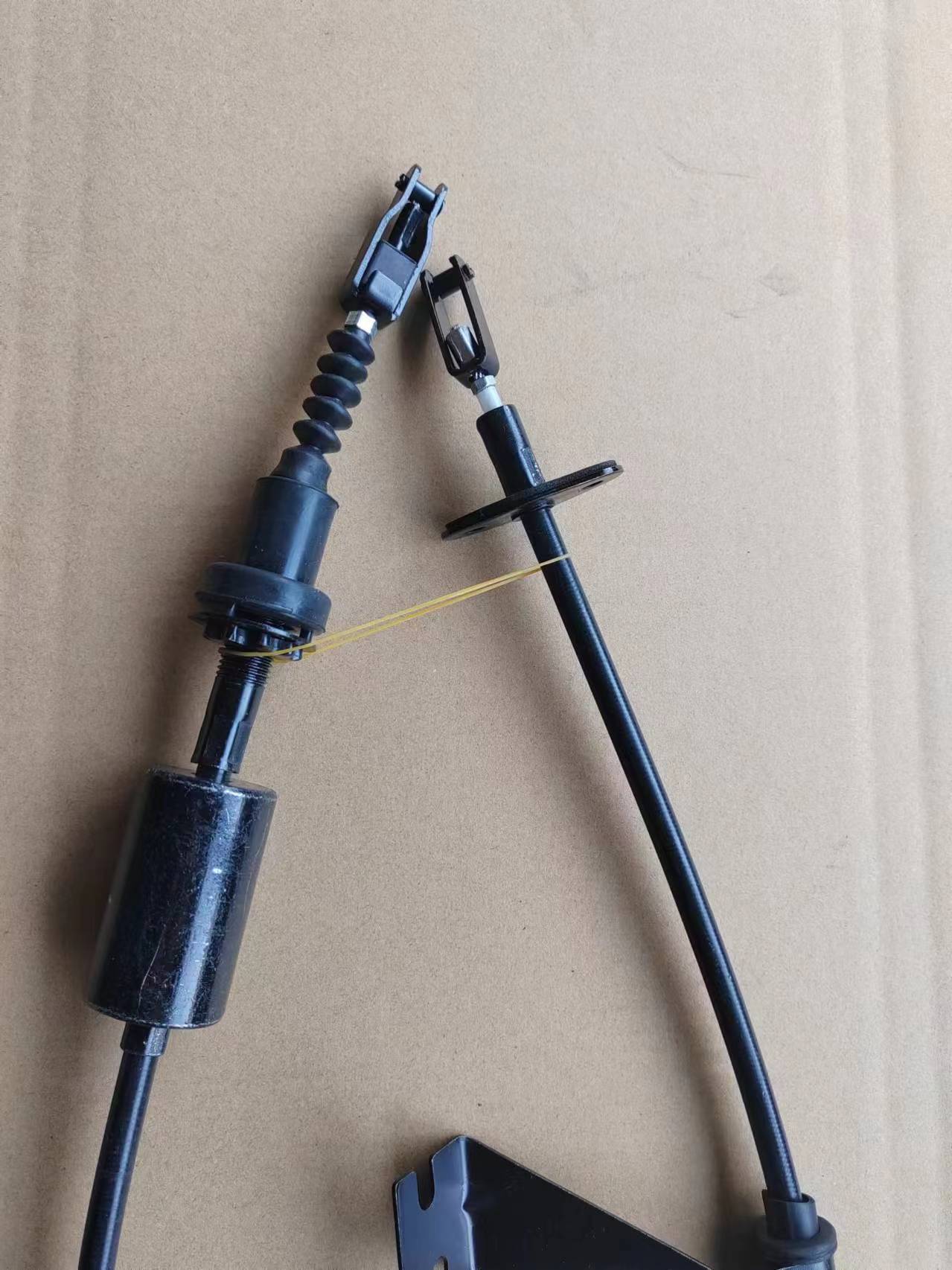e brake wire
Understanding E-Brake Wires Importance, Function, and Maintenance
The e-brake, or emergency brake, is an essential component in the vehicle's braking system, designed to provide safety and control in situations where the primary braking system fails or when the car needs to be secured when parked. At the heart of this critical system lies the e-brake wire, a simple yet vital element that plays a significant role in ensuring the efficacy of the emergency braking mechanism.
What is an E-Brake Wire?
The e-brake wire is specifically designed to engage the parking brake system of a vehicle. Typically, it is a cable made from durable materials that can withstand tension and wear. The wire connects the brake lever or pedal to the brake calipers or drums, depending on the vehicle's braking system design. When the driver pulls the brake lever, the tension in the wire activates the brakes, ensuring that the wheels are secured effectively, preventing the vehicle from rolling when parked.
Importance of the E-Brake Wire
The e-brake wire is crucial for several reasons. Primarily, it serves as a backup braking option in emergencies. If the main brakes fail while driving, the e-brake allows the driver to slow down and stop the vehicle safely. Moreover, the e-brake wire is essential for safely securing the vehicle when parked, particularly on inclined surfaces.
In addition, the e-brake must function correctly to pass safety inspections, which are mandatory in many regions. A malfunctioning e-brake wire can lead to dangerous situations, making routine checks and maintenance vital for vehicle safety.
Signs of Wear and Tear
Like any other component in a vehicle, the e-brake wire can experience wear and tear over time. Owners should be vigilant and watch for signs that may indicate a problem. One common warning sign is a decrease in the effectiveness of the parking brake. If a driver notices that the e-brake does not hold the car in place as securely as it should, it may be time to inspect the wire for fraying or damage.
Another sign is unusual noises when engaging the e-brake. Grinding, squeaking, or other strange sounds may suggest that the wire is rubbing against other components or that there are issues within the braking system. Additionally, a feeling of excessive looseness in the brake lever can indicate that the cable has stretched or is worn out.
e brake wire

Maintenance Tips
Maintaining the e-brake wire is crucial for the overall health of your vehicle's braking system. Here are some essential tips for proper maintenance
1. Regular Inspections Periodically check the e-brake and its components, including the wire, for signs of wear or damage. Look for frayed edges, rust, or broken strands.
2. Keep it Clean Ensure that the wire and its housing are clean. Dirt and debris can accelerate wear and lead to malfunctions.
3. Lubrication Some e-brake systems require lubrication to function correctly. Check your owner's manual for specifications on the type of lubricant to use.
4. Adjustments If the e-brake lever pulls too high or feels loose, adjustments may be necessary. Consult a professional or refer to the repair manual for guidance.
5. Professional Help If you notice any significant issues or if the e-brake is not functioning correctly, seek professional assistance. A certified mechanic can perform detailed inspections and repairs.
Conclusion
In conclusion, the e-brake wire plays a vital role in ensuring the safety and efficiency of a vehicle’s braking system. Understanding its importance, recognizing signs of wear, and performing regular maintenance can keep it functioning optimally. Vehicle owners should prioritize the care of their e-brake systems to ensure their safety and the safety of others on the road. Remember, a well-maintained e-brake could be the difference between a safe stop and a dangerous situation, underscoring the critical role this unassuming wire plays in automotive safety.
-
Workings of Clutch Pipe and Hose SystemsNewsJun.04,2025
-
The Inner Workings of Hand Brake Cable SystemsNewsJun.04,2025
-
The Secrets of Throttle and Accelerator CablesNewsJun.04,2025
-
The Hidden Lifeline of Your Transmission Gear Shift CablesNewsJun.04,2025
-
Demystifying Gear Cables and Shift LinkagesNewsJun.04,2025
-
Decoding Clutch Line Systems A Comprehensive GuideNewsJun.04,2025
